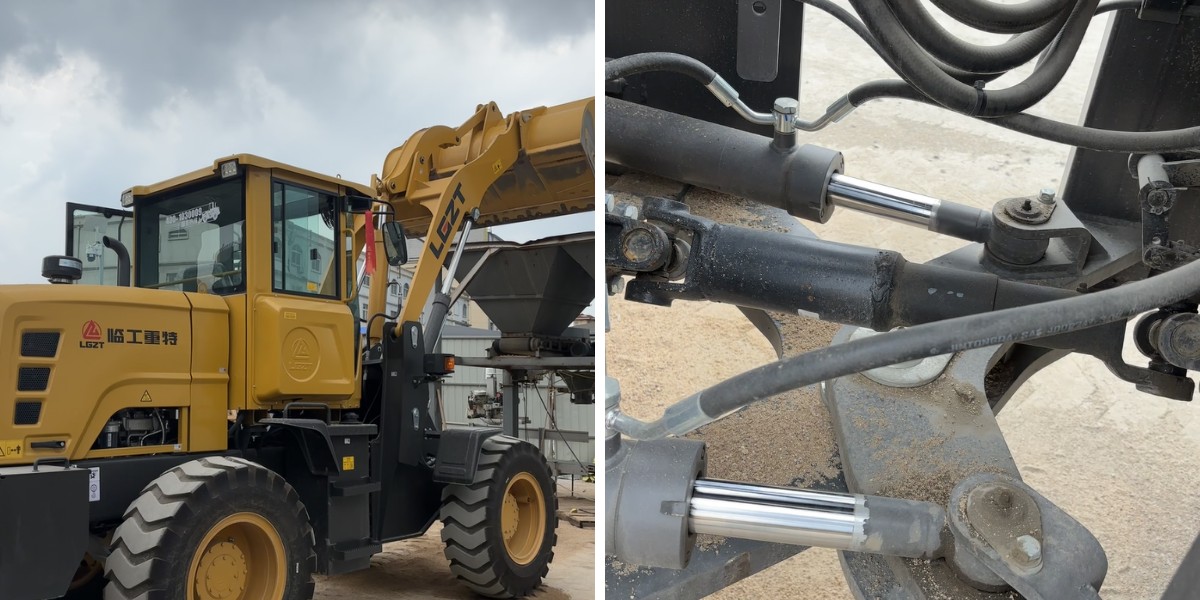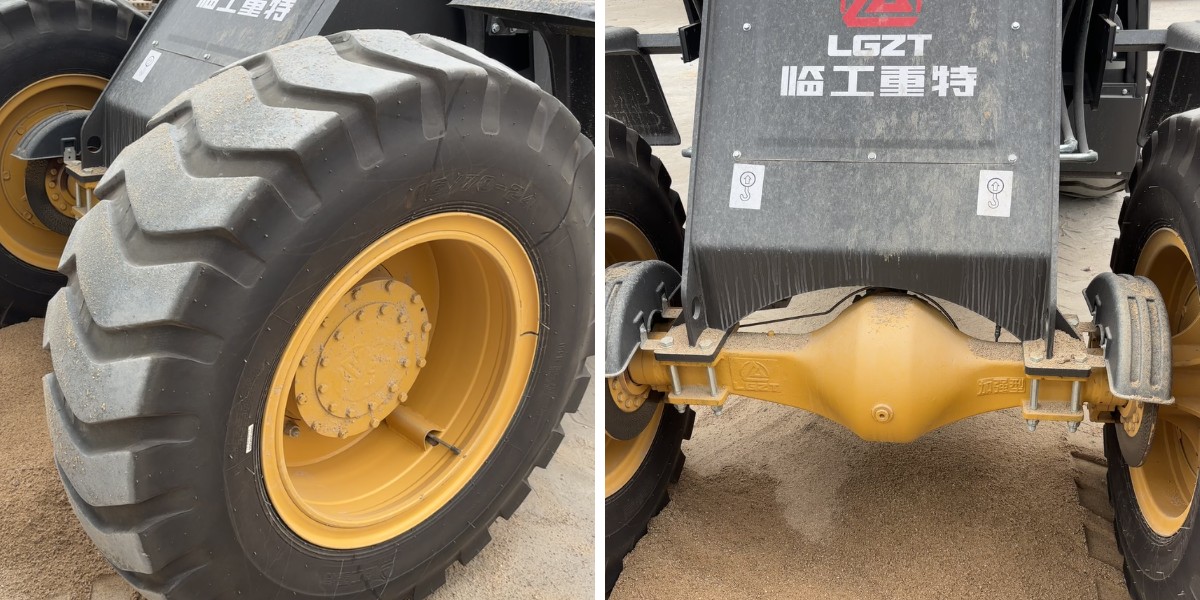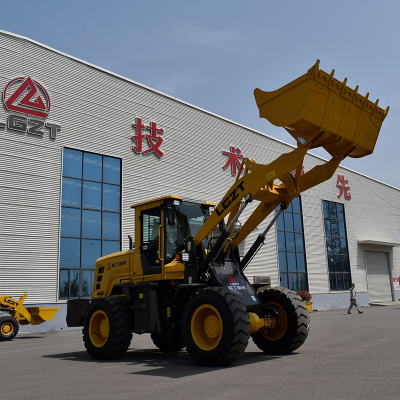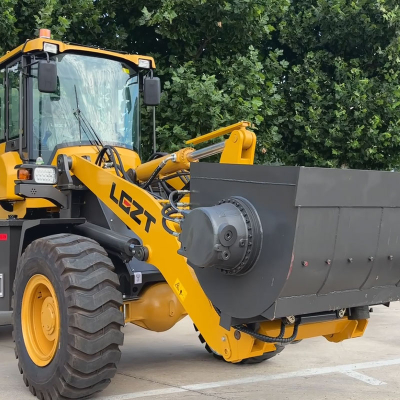High efficiency, energy saving and adaptability to various conditions: rational use of 2-ton LGZT wheel loaders on sandy terrain
- Integrated gravel mowing technology provides significant benefits in gravel recycling and environmental protection
I. Project Background: Problems of Gravel Processing and the Need for Transformation
With the growing demand for gravel in the construction industry, traditional sandy areas face three major challenges.
Efficiency Limitation: Manual loading and unloading of gravel is time-consuming and labor-intensive, resulting in an average processing capacity of less than 800 tons per day.
Environmental Impact: Wastelands around sandy areas are prone to dust and require reclamation, but there is a lack of specialized equipment.
Low flexibility in equipment use: Specialized equipment cannot simultaneously transport gravel and perform on-site maintenance.
With its compact design and versatile attachments, the 2-ton LGZT front loader has become an indispensable solution for sandy soil reclamation. Its main advantage is the ability to quickly switch from front loader mode to grass grapple mode, ensuring complete loading and unloading of gravel and environmental remediation.
II. Main Applications: Intelligent Application of LGZT Loader on Sandy Soils
1. Efficiency comparison: While traditional manual labor processed 800 tons of straw per day, the LGZT automated loading and unloading system increases this figure to 2,200 tons per day, increasing land use efficiency by 40%. 2. Landscaping: Innovative uses of the grass grab
The landscape recovery module: the grab for the grass precisely puts the pre -processed slips of the turf on the empty sand sections, creating the average landscaping area of 1,500 square meters.
3. Straw processing: hydraulic grab for straw works like a wheel loader, compacting and pressing straw from the field and transporting it to sandy soil, protecting it from dust and reducing the pollution by 60%. 4. Convenient switching between multifunctional attachments
Capture for the grass, similar to the capture of a wheel loader, is transformed into a bucket or forking in 15 minutes, which allows you to work with a wide range of gravel, including sand, gravel, grass and building materials. The mode of operation of the straw, similar to the capture of the wheel loader, allows you to work at night, and the LED lighting and the infrared chamber provide safety even in dark places.
III. Technical characteristics: how capture for straw contributes to the sustainable development of sandy lands
An example from practice: after the introduction of a 2-ton roller LGZT wheel loader in a sandy plot in the Shandun province, a capture for the grass, similar to the capture of a wheel loader, helped restore vegetation cover by 23,000 square meters of slopes, which allowed to reduce environmental fines by 120,000 yuan per year. The front -aimed straw carrier processes 800 tons of straw per season and turns it into biofuel, bringing income.
IV. Analysis of economic efficiency and social value
Reducing costs:
Energy efficiency: LGZT loader, equipped with an electronic control engine, reduces fuel consumption by 25% compared to traditional equipment. Optimization of labor: one machine replaces six workers, reducing the annual cost of labor by 180,000 yuan. Compliance with environmental norms:
The glass grab complies with the requirements of the "Technical Conditions for the Environmental Restoration of Mines" and the "Work Resumption Program".
The glass grab module receives an environmental protection subsidy of 50,000 yuan per unit from the local government.
Resource circulation:
Glass front loader contributes to the development of straw, powder, mulch and organic fertilizer industry and the coordinated development of agriculture in the region.
The two -ton wheel loader LGZT combines innovative modules, including a wheel loader, glass and glass, a wheel loader and glass and glass. Thus, it changes the concept of the value of equipment for processing sand, turning from a simple tool for processing gravel into an intellectual terminal, combining “production, environmental protection and resource circulation”. Its flexible two -ton chassis and advanced technologies ensure efficiency and







